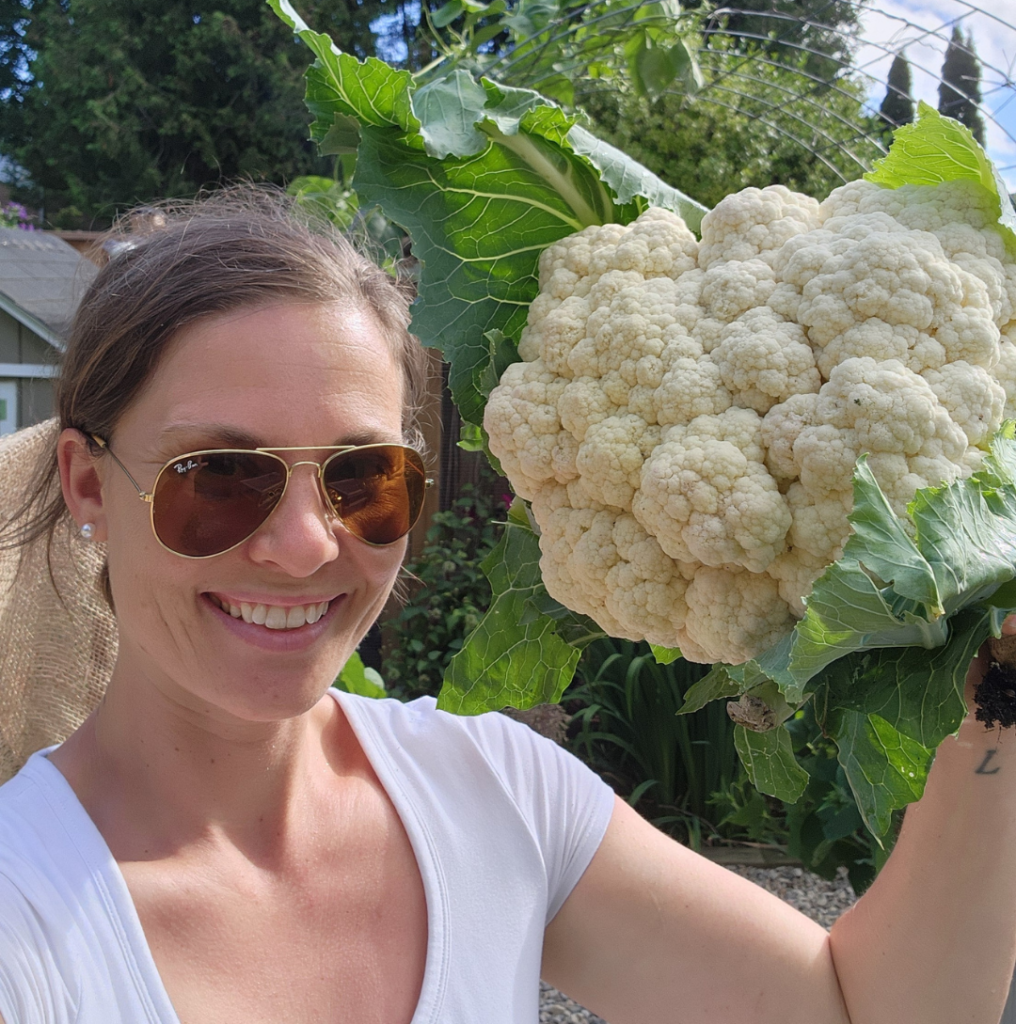How to Grow Broccoli & Cauliflower
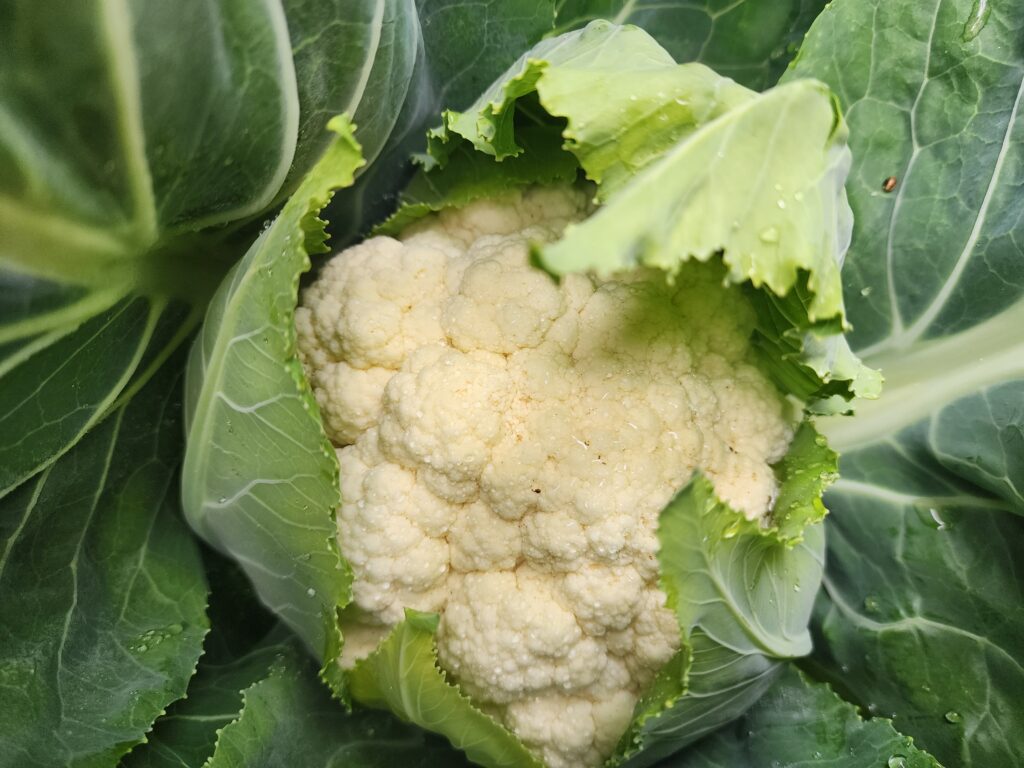
Spoiler alert – the single most relevant factor in the success of your cauliflower and broccoli crops is mostly out of your control. Mother Nature plays a significant role, but with the right timing and strategies, you can maximize your chances of success.
Understanding Cauliflower and Broccoli
Cauliflower and broccoli belong to the brassica family, which includes cabbage and other cool-weather crops. These plants thrive in temperatures between 15 to 20°C (59°F – 68°F) and should ideally form heads before the heat of summer arrives. Depending on the variety, cauliflower and broccoli take 50 to 100 days from seed to maturity.
Growing Considerations Based on Climate
Your local climate and seasonal fluctuations have a huge impact on how well brassicas grow. This guide is most relevant to those in a temperate climate that gets well below freezing in winter, hot in summer, and has spring and fall seasons with temperature rollercoasters. We’re growing in Southwestern Ontario, Canada (43rd parallel, with winter temperatures averaging -10°C and summer highs in the mid- to high-20s°C), and our spring and fall bring dramatic temperature swings, which can be a challenge for brassicas. Luckily, we have some tricks up our sleeve.
Spring vs. Fall Planting
Spring Planting
Spring is generally the best time to grow cauliflower and broccoli. The strong spring light levels promote healthy plant growth, and you have a high chance of successful head formation before summer heat sets in. However, keeping temperatures consistent is key.
For example, if you plant a 70-day broccoli variety, you need about 2.5 months of cool weather (15-20°C; 59°F – 68°F) for proper head development. Unfortunately, in many regions, no such stable period exists. We can see dramatic swings of 20 to 30 degrees (Celsius) in a 24-hour period throughout the months of April and May. What’s more, counting backwards 2.5 months from an ideal harvest window of late April to late May, we should be starting our broccoli and cauliflower plants in mid-February. Since our gardens are still under snow in mid-February, we start ours inside under grow lights. They are usually ready to transplant outside mid-March — but our garden soil is usually still very cold in mid-March. We warm the soil in advance of planting out the seedlings by covering it with black fabric and erecting a row cover or cold frame. You can make an easy DIY row cover by bending conduit tubing into arches (found in the electrical section of your local hardware store), and clipping a sheet of greenhouse plastic to the conduit.
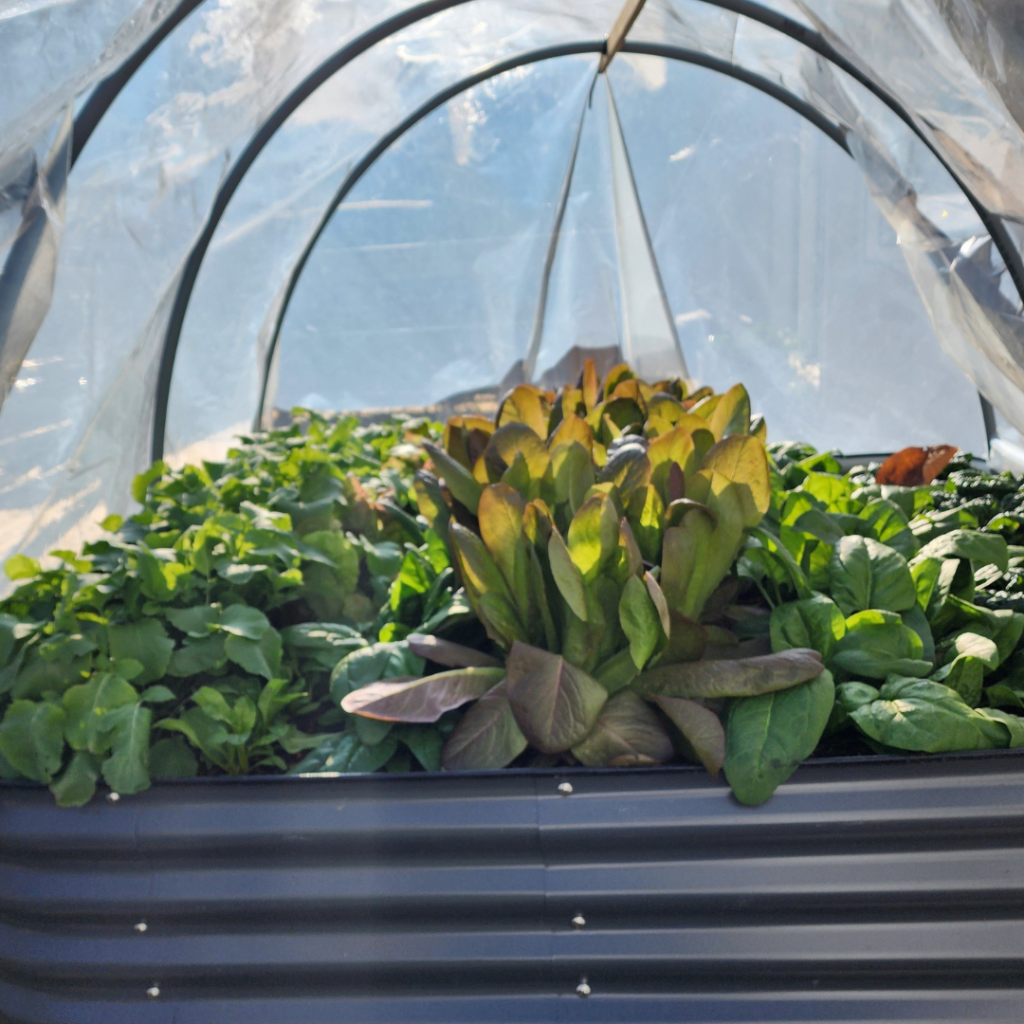
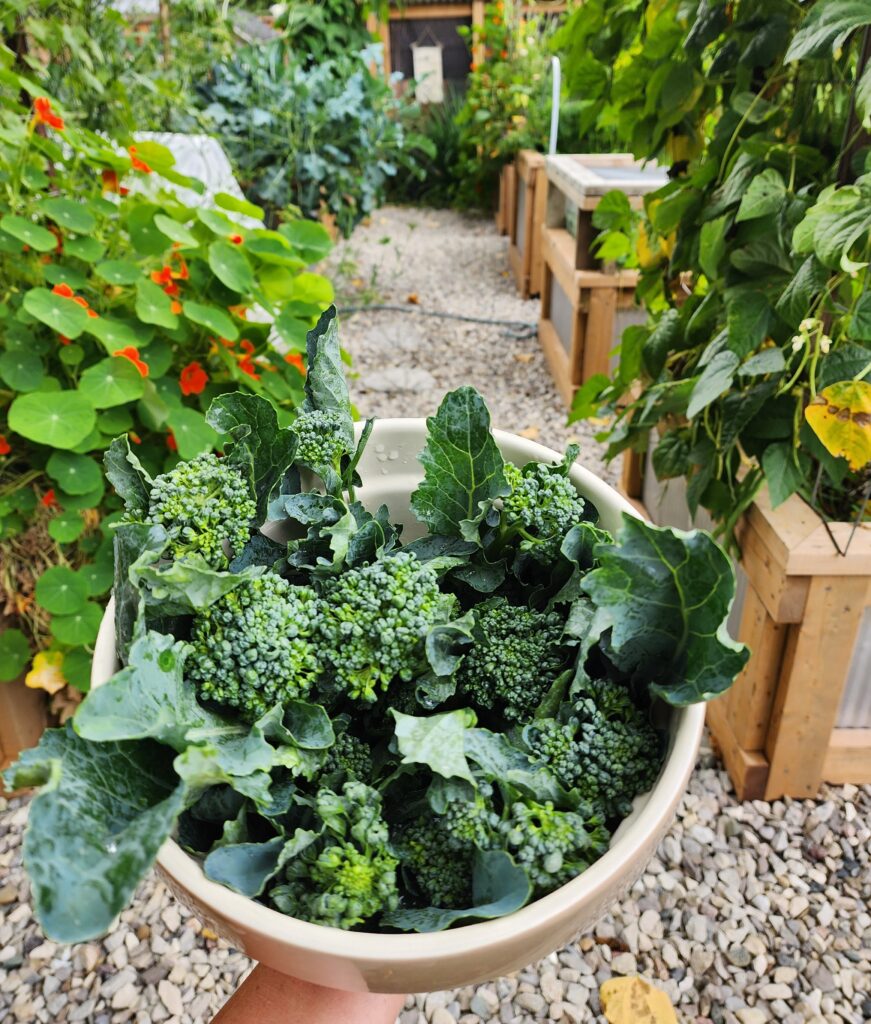
How to manage temperature fluctuations:
- Pre-warm the soil before early spring planting by covering with black fabric (directly on the soil) and a plastic row cover (suspended on hoops).
- Use plastic row covers or cold frames to protect plants from freezes.
- Use shade cloth if temperatures rise much above 20°C/68°F (burlap works well as a plastic-free shade cloth).
Bonus: Many broccoli varieties and some cauliflower varieties continue producing side shoots after the main head is harvested, extending your harvest throughout the season.
Fall Planting
Growing cauliflower and broccoli for a fall harvest is more challenging because seedlings must be started in late June or early July, enduring the peak summer heat. The key to success is selecting heat-tolerant varieties and timing your planting so that heads mature just before or around your first frost. The weak sunlight, more than the onset of cold temperatures, is going to be your biggest challenge when growing cauliflower and broccoli in the fall garden.
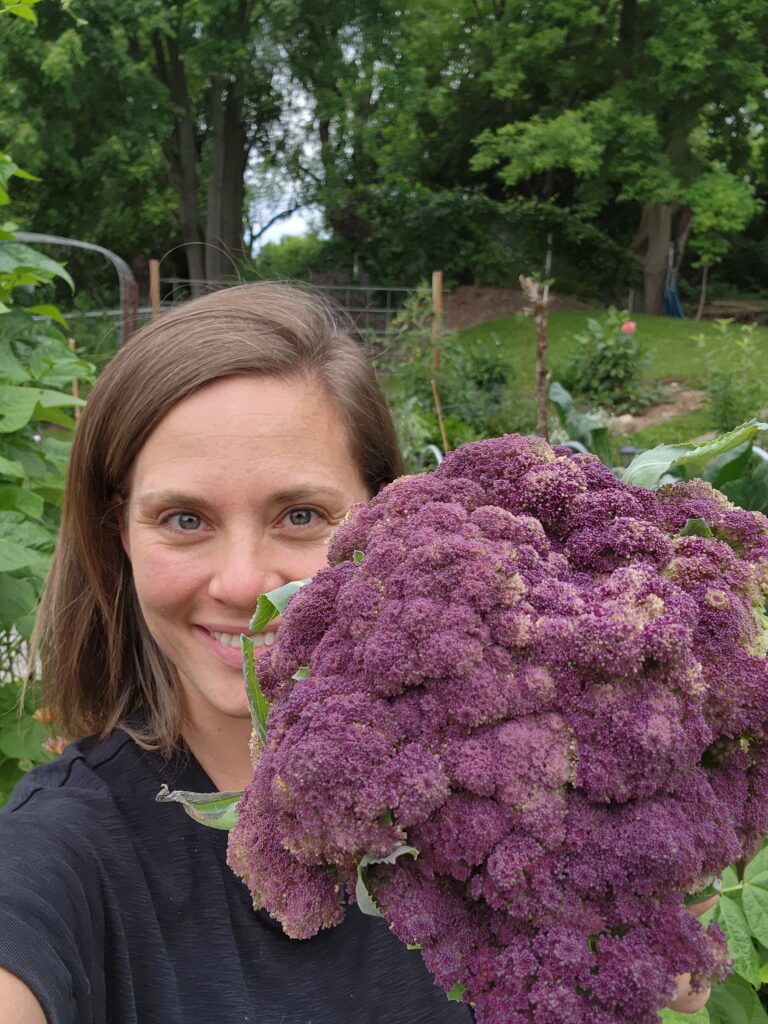
Considerations for fall planting:
- Kale and non-heading brassicas can be left in the ground all winter and will sweeten over time, but heading varieties must be harvested before they flower and go to seed.
- Brassicas taste better after exposure to cold temperatures, particularly when touched by frost.
- Aim for fully formed heads by late September if you’re in a region where weak fall sunlight slows growth (count backward the days to maturity listed on your seed packet to ensure head formation before the fall equinox).
- If you wait too long, the plant may never form a head due to short daylight hours and cold temperatures.
Common Challenges
- Temperature Fluctuations: Spring and fall often bring erratic temperatures that can inhibit head formation.
- Weak Fall Light: Brassicas need sufficient sunlight to form heads. If planted too late, they may never fully develop.
- Bolting: If exposed to too much heat, cauliflower and broccoli can bolt (flower prematurely), making them inedible.
Key Takeaways for Growing Success
- Choose the right variety: Fast-maturing or “early” varieties work best for spring, while heat-tolerant varieties are best for fall.
- Plan your planting time carefully: Work backward from your expected harvest time and factor in potential temperature swings.
- Use season extenders: Row covers, shade cloths, and cold frames can help manage temperature fluctuations.
- Harvest at the right time: Don’t wait too long, or heads may flower and go to seed.
By understanding your climate and using strategic planting techniques, you can successfully grow cauliflower and broccoli, even in unpredictable weather conditions!
